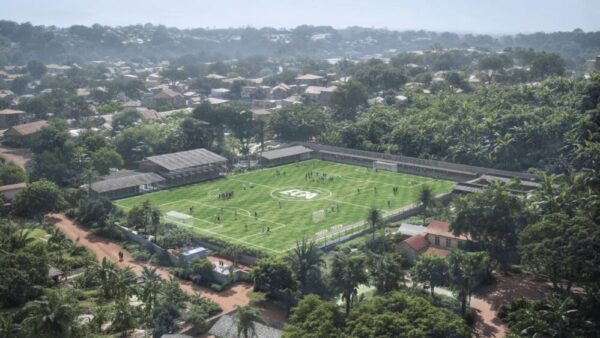A team at the University of A Coruña in Spain has developed a way of applying evolution to the growth of city skylines using an algorithm embedded in a computer program.
The “evolutionary computation” method uses artificial intelligence and machine learning to draw conclusions about what will be built where, based on economic and historical construction data.
The algorithm was tested on Tokyo’s Minato Ward, which has a fast rate of vertical growth. The algorithm created 3D maps of the ward, and was able to predict where and how many large structures would be built with an 80% accurate rate for the period 2016 to 2017.Â
Ivan Pazos, lead researcher on the project, told Science Daily: “In this type of computing, a multitude of possible solutions to a problem are randomly combined, and a selection system is choosing the best results.
“This operation is repeated again and again until the algorithms get the most accurate results. The predictions of the algorithm have been very accurate with respect to the actual evolution of the Minato skyline in 2016 and 2017.Â
“The final conclusion of the study is that evolutionary computation seems to be able to find growth patterns that are not obvious in complex urban systems, and by means of its subsequent application, it serves the function of predicting possible scenarios for the evolution of cities.”
The study was published in the Journal of Urban Planning and Development.
Image: Tokyo’s Minato Ward (Sean Pavone/Dreamstime)






